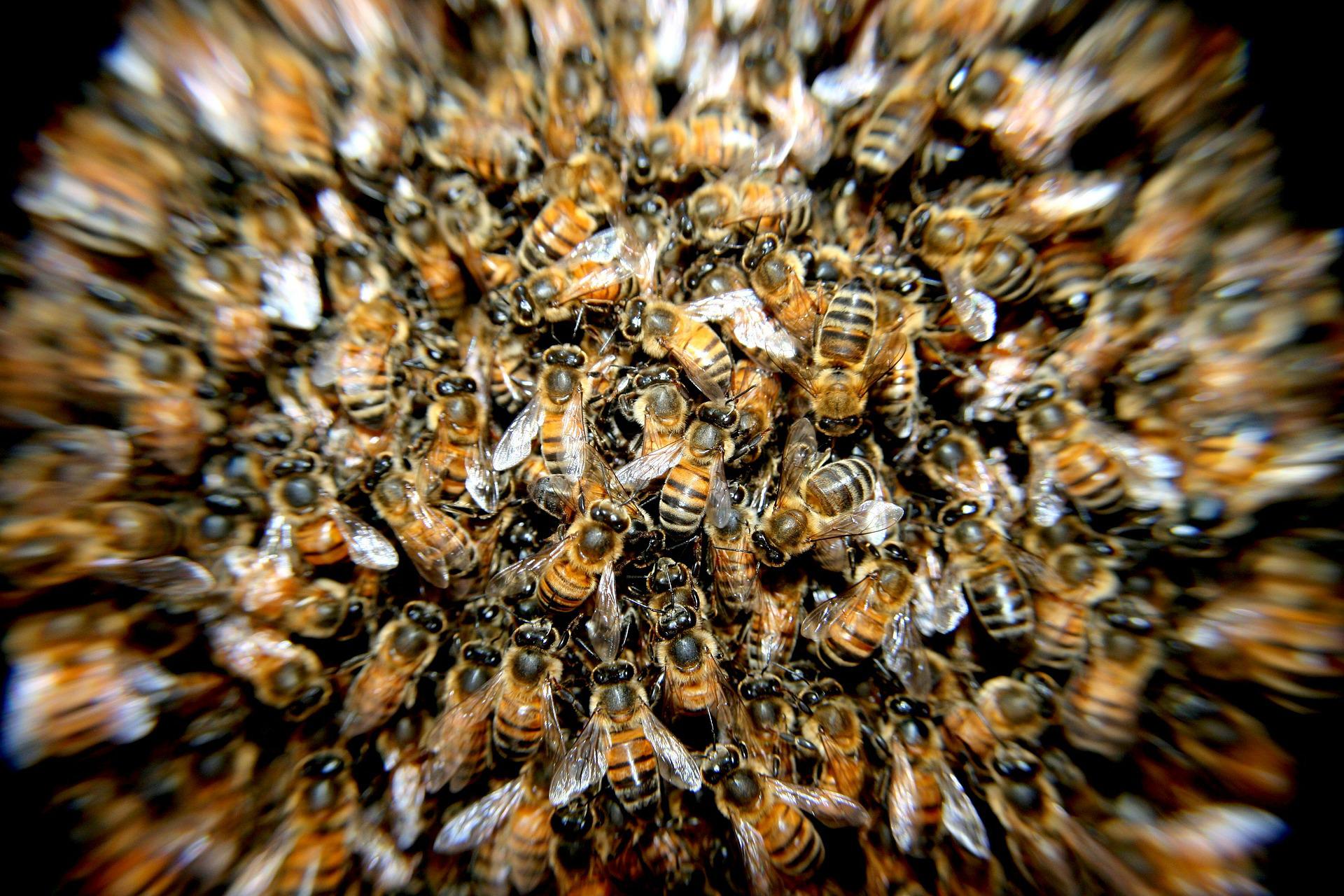
Annapolis, US – Bees are one of nature’s most important pollinators but they have been declining in New Zealand, until now.
The global fall in bee numbers has been put down to several factors, including pesticides, varroa mite and climate change.
Despite a host of challenges facing bees and their keepers, the number of registered hives in New Zealand climbed from 500,000 in 2014 to 869,000 in 2020, according to the Ministry for Primary Industries.
New Zealand has 28 native and 13 introduced species of bee. They all feed on nectar and pollen and have some role in pollinating plants.
A new study by University of Maryland entomologists shows the lifespan for honey bees kept in a controlled, laboratory environment is 50 percent shorter than it was in the 1970s. The study has just been published in the journal Scientific Reports.
When scientists modelled the effect of today’s shorter lifespans, the results corresponded with the increased colony loss and reduced honey production trends seen by beekeepers in recent decades.
Colony turnover is an accepted factor in the beekeeping business, as bee colonies naturally age and die off. But over the past decade, beekeepers have reported high loss rates, which has meant having to replace more colonies to keep operations viable. In an effort to understand why, researchers have focused on environmental stressors, diseases, parasites, pesticide exposure and nutrition.
The Maryland researchers noticed the decline in lifespan while conducting a study on protocols for rearing adult bees in a laboratory.
Replicating earlier studies, the researchers collected bee pupae from honey bee hives when the pupae were within 24 hours of emerging from the wax cells they are reared in. The collected bees finished growing in an incubator and were then kept as adults in special cages.
Standardised protocols for rearing honey bees in the lab weren’t formalised until the early 2000s. Although a laboratory environment is very different from a colony, historical records of lab-kept bees suggest a similar lifespan to colony bees.
Scientists generally assume that isolated factors that reduce lifespan in one environment will also reduce it in another. Previous studies had also shown that in the real world, shorter honey bee lifespans corresponded to less foraging time and lower honey production. This is the first study to connect those factors to colony turnover rates.

